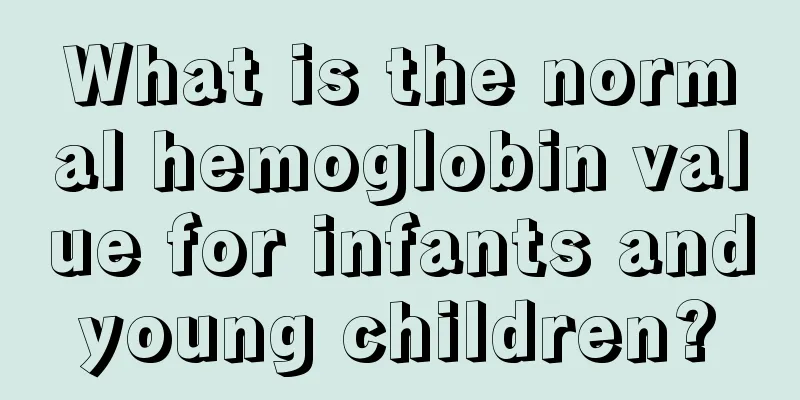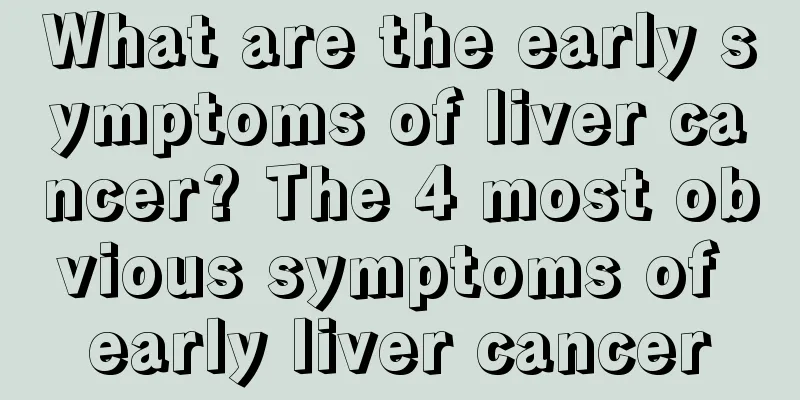What is the normal hemoglobin value for infants and young children?

|
As we all know, human life activities require a constant supply of oxygen. After oxygen enters the human body through the mouth, it will be transported by the blood to all parts of the body. The reason why blood can transport oxygen is that hemoglobin plays an irreplaceable role. If a person's hemoglobin level decreases, the blood's ability to transport oxygen will be greatly reduced. What should be the normal hemoglobin level for a baby? Normal hemoglobin values for infants and young children: The normal hemoglobin values are: newborns: 170-200g/L; children: 110-160g/L. Hemoglobin is the main component of red blood cells. Each hemoglobin molecule is composed of four heme groups and globin, and each heme is composed of four pyrrole rings with an iron atom in the center of the ring. When the iron in hemoglobin is in a divalent state, it can reversibly bind to oxygen (oxyhemoglobin). If the iron is oxidized to a trivalent state, Hemoglobin is converted into methemoglobin and loses its oxygen-carrying capacity. The physiological and pathological variations of hemoglobin are roughly the same as those of red blood cells. However, in various anemias, the reduction of red blood cells and hemoglobin is not necessarily in a parallel relationship. The clinical significance of hemoglobin is roughly the same as that of red blood cell count, but hemoglobin count can better reflect the degree of anemia. Clinically, doctors often use hemoglobin as one of the important indicators to determine whether anemia occurs. 1. Physiological increase Newborns, plateau residents, etc. 2. Pathological increase Polycythemia vera, dehydration caused by various reasons, congenital heart disease, cor pulmonale, etc. 3. Reduce Various anemias (such as aplastic anemia, iron deficiency anemia, sideroblastic anemia, megaloblastic anemia, hemolytic anemia, thalassemia, etc.), massive blood loss (such as traumatic bleeding, surgical bleeding, postpartum bleeding, acute gastrointestinal bleeding, chronic blood loss caused by ulcers, etc.), leukemia, postpartum, chemotherapy, hookworm disease, etc. Infants and young children are weak, so it is very necessary to pay attention to hemoglobin. When there is a problem with the hemoglobin value, parents need to give their children timely diagnosis and treatment, otherwise it will affect their health. |
<<: Can mugwort be used to bathe infants and young children?
>>: What is the main organ for blood production?
Recommend
Late-stage symptoms of nasopharyngeal carcinoma that need everyone's attention
In real life, if nasopharyngeal cancer patients k...
What is glycosylated hemoglobin?
Everyone knows hemoglobin. When you go to the hos...
Can early esophageal cancer be cured?
Can early esophageal cancer be cured? If esophage...
How long does it take to use up the liquid foundation after opening
For girls who love makeup, liquid foundation is a...
How to prevent snake bites
Nowadays, outdoor camping has gradually become po...
How to treat cardia cancer
What kind of disease is cardia cancer? In fact, c...
Follow the experts to learn about the treatment of melanoma
It is important for everyone to understand the tr...
How to eliminate the fear in your heart
When faced with unfamiliar food, many people will...
What are the symptoms of recurrence of nasopharyngeal carcinoma? What are the symptoms in the late stage?
Are there any symptoms of recurrence of nasophary...
What are the folk remedies for gout?
With the improvement of living standards, people ...
What is the significance of cancer screening?
As we all know, there are many tumors in the huma...
Is cord blood puncture better than amniocentesis?
Umbilical cord blood puncture and amniocentesis a...
How to treat anxiety disorder
With the development of society, people's liv...
Can electronic laryngoscope detect laryngeal cancer?
Electronic laryngoscopy may reveal laryngeal canc...
How to effectively prevent hamartoma
In fact, it is very important for patients with h...









